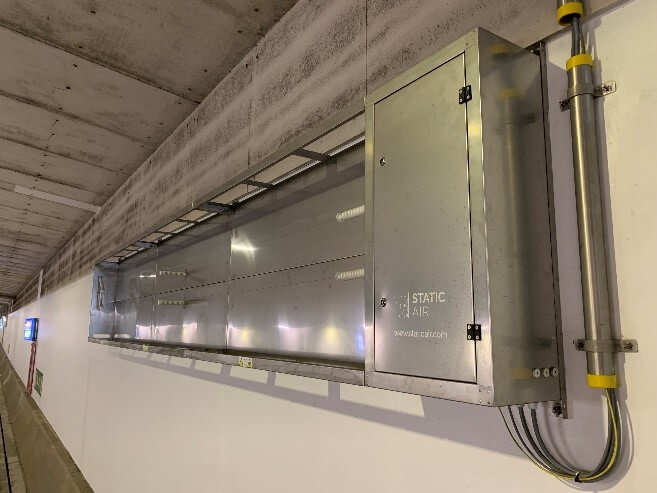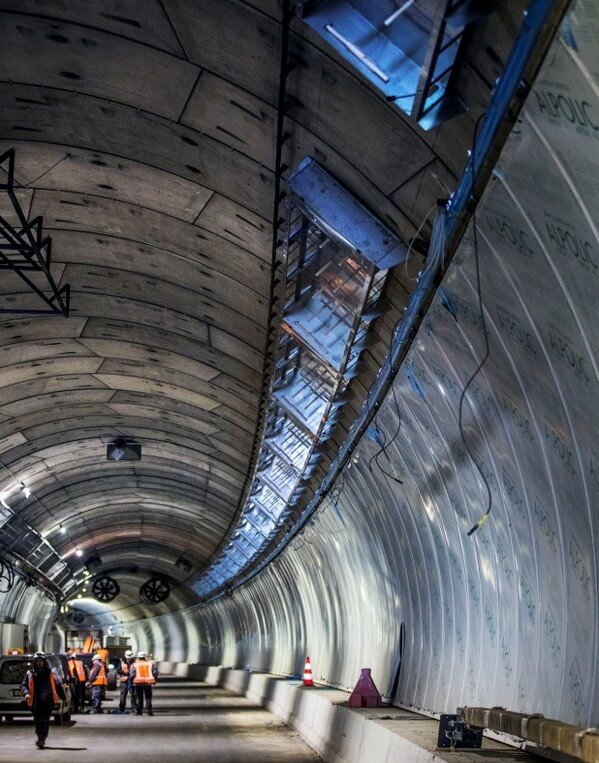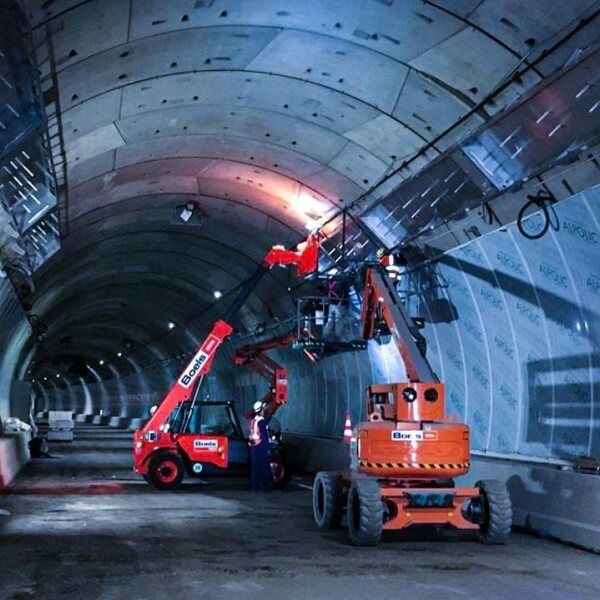
Note: This is an English translation of the Dutch post, originally located at Vridiair Blog
The quality of the air we breathe is essential to our health and well-being. For residents living near tunnels, this is especially critical, as their proximity exposes them to pollutants emitted by vehicles passing through. As a result, enhancing air quality for these communities has become a major focus in the effort to create healthier living environments. This text will explore the challenges of air quality for residents near tunnels, along with potential solutions and initiatives aimed at ensuring clean, healthy air.
Air Quality Challenges for Residents Living Near Tunnels
Residents living near tunnels are exposed to various pollutants, including particulate matter, nitrogen oxides, carbon monoxide, and volatile organic compounds. These pollutants pose significant health risks, such as respiratory problems, cardiovascular diseases, and even cancer. The concentration of these harmful substances is often particularly high near tunnels, where vehicle emissions tend to accumulate.
Solutions for Improving Air Quality Around Tunnels
To enhance the air quality for residents living near tunnels, several solutions and initiatives can be implemented:
Advanced Ventilation Systems
Implementing advanced ventilation systems in tunnels can help reduce the concentration of pollutants. These systems ensure a continuous supply of fresh air and the removal of exhaust gases, thereby reducing exposure to harmful substances.
2. Air Purification System
The use of FDRS air purifiers helps remove pollutants from the air around tunnels. These filters utilize advanced technologies to eliminate harmful particles and gases, thereby enhancing air quality.
3. Green Infrastructure
Integrating green infrastructure, such as green roofs and green buffers, helps absorb pollutants and improve air quality around tunnels. Plants and trees can filter harmful substances from the air, contributing to a healthier living environment for nearby residents.
4. Regulation and Enforcement
Establishing and enforcing strict regulations regarding air quality around tunnels is crucial. Governments should set standards for maximum exposure to pollutants and ensure that tunnel operators comply with these standards through regular inspections and the enforcement of laws and regulations.
5. Monitoring and Reporting
Regularly monitoring air quality around tunnels is essential for identifying potential health risks and taking timely action. Continuous monitoring allows for the detection and reporting of any exceedances of air quality standards, enabling appropriate measures to be taken to reduce exposure to pollutants.
6. Technological Innovation
StaticAir promotes technological innovation in air purification and monitoring, contributing to improved air quality around tunnels. By investing in new and advanced technologies, more efficient ventilation systems, cutting-edge air purifiers, and innovative monitoring equipment can be developed. These advancements can help reduce exposure to pollutants and safeguard the health of nearby residents.
7. Public Participation and Awareness
Engaging the community in decision-making processes and raising awareness about air quality issues are essential steps toward ensuring healthy air for residents near tunnels. Public participation enables residents to express their concerns and contribute to the creation of policies and measures that safeguard their health. Moreover, educational and awareness initiatives can inform individuals about the health risks associated with poor air quality and provide guidance on how to protect themselves.
8. Future Perspectives and Sustainable Solutions
Ensuring healthy air for residents near tunnels requires a coordinated and comprehensive approach that considers technological innovation, regulation, monitoring, public participation, and education. Through ongoing efforts and collaboration, we can work towards creating a cleaner and healthier living environment for communities living around tunnels.
9. Initiatives and Collaboration
Various initiatives and partnerships have been established to improve air quality around tunnels. This includes collaboration between government agencies, tunnel operators, health organizations, and local communities to develop and implement solutions that protect residents' health.
Public Awareness and Education on Clean Air and Relevant Solutions
Increasing awareness and education about the health risks of poor air quality and available solutions is essential. By informing people about the impact of air pollution and how they can protect themselves, we can contribute to creating a healthier living environment for everyone.

Coordination and Collaboration in Optimizing Air Quality in Tunnels
Ensuring healthy air for residents near tunnels presents a significant challenge that demands coordinated efforts and collaboration across multiple levels. By implementing innovative solutions such as the FDRS air purifier, integrating green infrastructure, and working together on various initiatives, we can strive for a cleaner and healthier living environment for communities surrounding tunnels. Through continuous efforts, we can safeguard residents' health and well-being and contribute to a more sustainable future for all.


